Although hedge-cutting season is still some time away, many contractors and farmers have deals secured on new machines for the upcoming season.
In many cases, this results in a busy used market with trade-ins and used machines starting to appear in dealers’ yards.
Naturally, those early to the used market tend to be faced with a greater selection or first refusal on a tidy trade.
Here, we offer some tips and advice worth considering when buying a used hedge cutter.
It is worth noting too that the majority of the points discussed are applicable to those servicing a machine before the season starts on 1 September.
Hedge cutters tend to vary a lot in terms of specification, from the most simple cable-controlled fixed-arm machines right through to forward-reach telescopic machines with electric proportional joystick controls. There, it is important to establish your needs and requirements first.
Buying from a dealer will generally provide more peace of mind. However, this isn’t to say that private sales shouldn’t be considered.
Instead, the machine should be closely examined and both seen and heard running, the same goes for unwarranted dealer sales.

All controls should be checked and fully functional.
Most reputable dealers will have their stock fully checked over and sold on the basis that it is good working order, with warranty in most cases.
First impressions
The larger, higher-specification machines often tend to be ex contractor machines and therefore have been subject to quite a bit of work in their time, albeit usually well maintained.
In terms of capabilities and specification, these machines can appear to seem like better value for money. This is largely down to the fact that there are not as many customers in the market for these large high-specification machines nor have they a suitable tractor.

Inspect the rotor that it has a full set of flails and that flail hangers are not worn or damaged.
Larger machines tend to use axle brackets. Therefore, if not included, suitable brackets will have to be acquired. Mid-range farmer-orientated machines tend to be in more demand and prices generally tend to reflect this.
As with any machine, a lot can be told in a matter of seconds of viewing.
Signs of rust, cosmetic damage and severely faded paintwork will generally indicate that the machine has spent quite a bit of time outdoors. If this is the case, pay particular attention to electrics and performance of its controls.
Machines that have been stored outdoors for long periods may show signs of pitting or corrosion on hydraulic rams.
Gearbox and hydraulics
The gearbox and hydraulic pump are key components of any hedge cutter. Before and after running the machine, check that both the gearbox and pump have no signs of oil leaks or weeps.

Elongated flail hangers will leave for excessive flail movement and lead to vibrations.
Gearboxes should be free from any noises while running and have had oil changes at the recommended intervals.
A noisy gearbox should not be run until it packs up, as it can cause damage to the shaft of the hydraulic pump and lengthen the shopping list.
If there are obvious signs that the hydraulic pump has been worked on, ie paint removed off bolts – raise the question with the dealer as to why.
Check the level of the oil inside the oil (one para) tank, watching out for the quality of the oil too, it should be a clear or golden colour and not milky or black.
The latter two would indicate that the oil has been contaminated with water or dirt.
Changing hydraulic oil at the correct time intervals is also important for pump lifespan. It is also important that the oil cooler is cutting in at the correct temperatures. Overheated oil can cause damage to pump seals and other internals.
Check the condition of hydraulic fittings and hoses.
When the cutter is running, move hydraulic rams to their full travel, all rams should hold their position in whatever position they are stopped in.
If a ram drops, even slightly, chances are there is an internal leak. Providing the ram is not damaged, this is an inexpensive repair. The ram will just need to be removed and have its seal(s) replaced.
The solenoid and valve block should also appear in good condition and look original.
Depending on the operator, the boom or arm can receive quite a bit of abuse over its lifetime. Inspect carefully for signs of cracks or previous repairs. If repaired, consider the quality of repair. If in doubt, don’t be afraid to pass up on a particular machine. On telescopic models, extend the arm out to its full distance and check it thoroughly for wear or damage.
Linears may be worn and if not replaced in time, friction due to the lack of grease may have caused further wear.
Machines with longer reaches are often more prone to cracking or damage.
Assess the condition of all pins and bushings.
Pins that have been well greased over their working life will more than likely still be tight and futureproof.
The cutter head is one of the most important areas to check over and witness running.
Before doing so, examine the rotor for missing flails and/or broken hangers.
Look closely and inspect for wear on each flail hanger.
Loose flail bolts over time will elongate the holes which could lead the hanger(s) needing replaced.
When the cutter head is running there should be no vibrations once all flails are present and bearings in good condition. Not only will vibrations leave the hedge cutter uncomfortable to operate but over time they can cause other problems and cause the head to eventually self-destruct.
An unbalanced rotor will require professional attention.
Rotor bearings should be in good order with no play. The drive motor should be free from oil leaks. Ensure that all grease points on the rotor bearings are receiving grease in order to prevent bearing failure.
Check the condition of the flails and take this into the account when buying.
Depending on the type, flails will cost anywhere in the region of €10 to €15 each, plus VAT. This can work out into a considerable sum of money if a full set needs replaced and isn’t accounted for.

The gearbox, pump and oil cooler should be in good working order with no signs of leaks or issues while running.
Matching flails
It is important to note that the rotor is fitted with matching flails. Different types will have different weights and if not the same throughout then this could lead to an imbalance in the rotor.
Check the overall condition of the canopy and ensure the front rubber flaps are fitted to prevent/absorb debris from being launched outwards. These inexpensive flaps provide a line of defence and are worth having fitted.

The boom should be checked closely for cracks or signs of previous repair.
Controls, regardless of their type, should be tested fully, trying all functions to their limits. Mechanical cables should be moving freely. Electric/servo controls should be moving as intended and smoothly.
The life of any controls, especially electronic, is dry storage. Electrical connections that have been exposed to moisture will quickly corrode and stop working.
Electrical faults can often be tedious and require both knowledge and time to resolve.
If the hedge cutter you are looking at buying requires axle brackets, enquire as to how much brackets to suit your specific tractor will cost to prevent any unwanted surprises.
Although hedge-cutting season is still some time away, many contractors and farmers have deals secured on new machines for the upcoming season.
In many cases, this results in a busy used market with trade-ins and used machines starting to appear in dealers’ yards.
Naturally, those early to the used market tend to be faced with a greater selection or first refusal on a tidy trade.
Here, we offer some tips and advice worth considering when buying a used hedge cutter.
It is worth noting too that the majority of the points discussed are applicable to those servicing a machine before the season starts on 1 September.
Hedge cutters tend to vary a lot in terms of specification, from the most simple cable-controlled fixed-arm machines right through to forward-reach telescopic machines with electric proportional joystick controls. There, it is important to establish your needs and requirements first.
Buying from a dealer will generally provide more peace of mind. However, this isn’t to say that private sales shouldn’t be considered.
Instead, the machine should be closely examined and both seen and heard running, the same goes for unwarranted dealer sales.

All controls should be checked and fully functional.
Most reputable dealers will have their stock fully checked over and sold on the basis that it is good working order, with warranty in most cases.
First impressions
The larger, higher-specification machines often tend to be ex contractor machines and therefore have been subject to quite a bit of work in their time, albeit usually well maintained.
In terms of capabilities and specification, these machines can appear to seem like better value for money. This is largely down to the fact that there are not as many customers in the market for these large high-specification machines nor have they a suitable tractor.

Inspect the rotor that it has a full set of flails and that flail hangers are not worn or damaged.
Larger machines tend to use axle brackets. Therefore, if not included, suitable brackets will have to be acquired. Mid-range farmer-orientated machines tend to be in more demand and prices generally tend to reflect this.
As with any machine, a lot can be told in a matter of seconds of viewing.
Signs of rust, cosmetic damage and severely faded paintwork will generally indicate that the machine has spent quite a bit of time outdoors. If this is the case, pay particular attention to electrics and performance of its controls.
Machines that have been stored outdoors for long periods may show signs of pitting or corrosion on hydraulic rams.
Gearbox and hydraulics
The gearbox and hydraulic pump are key components of any hedge cutter. Before and after running the machine, check that both the gearbox and pump have no signs of oil leaks or weeps.

Elongated flail hangers will leave for excessive flail movement and lead to vibrations.
Gearboxes should be free from any noises while running and have had oil changes at the recommended intervals.
A noisy gearbox should not be run until it packs up, as it can cause damage to the shaft of the hydraulic pump and lengthen the shopping list.
If there are obvious signs that the hydraulic pump has been worked on, ie paint removed off bolts – raise the question with the dealer as to why.
Check the level of the oil inside the oil (one para) tank, watching out for the quality of the oil too, it should be a clear or golden colour and not milky or black.
The latter two would indicate that the oil has been contaminated with water or dirt.
Changing hydraulic oil at the correct time intervals is also important for pump lifespan. It is also important that the oil cooler is cutting in at the correct temperatures. Overheated oil can cause damage to pump seals and other internals.
Check the condition of hydraulic fittings and hoses.
When the cutter is running, move hydraulic rams to their full travel, all rams should hold their position in whatever position they are stopped in.
If a ram drops, even slightly, chances are there is an internal leak. Providing the ram is not damaged, this is an inexpensive repair. The ram will just need to be removed and have its seal(s) replaced.
The solenoid and valve block should also appear in good condition and look original.
Depending on the operator, the boom or arm can receive quite a bit of abuse over its lifetime. Inspect carefully for signs of cracks or previous repairs. If repaired, consider the quality of repair. If in doubt, don’t be afraid to pass up on a particular machine. On telescopic models, extend the arm out to its full distance and check it thoroughly for wear or damage.
Linears may be worn and if not replaced in time, friction due to the lack of grease may have caused further wear.
Machines with longer reaches are often more prone to cracking or damage.
Assess the condition of all pins and bushings.
Pins that have been well greased over their working life will more than likely still be tight and futureproof.
The cutter head is one of the most important areas to check over and witness running.
Before doing so, examine the rotor for missing flails and/or broken hangers.
Look closely and inspect for wear on each flail hanger.
Loose flail bolts over time will elongate the holes which could lead the hanger(s) needing replaced.
When the cutter head is running there should be no vibrations once all flails are present and bearings in good condition. Not only will vibrations leave the hedge cutter uncomfortable to operate but over time they can cause other problems and cause the head to eventually self-destruct.
An unbalanced rotor will require professional attention.
Rotor bearings should be in good order with no play. The drive motor should be free from oil leaks. Ensure that all grease points on the rotor bearings are receiving grease in order to prevent bearing failure.
Check the condition of the flails and take this into the account when buying.
Depending on the type, flails will cost anywhere in the region of €10 to €15 each, plus VAT. This can work out into a considerable sum of money if a full set needs replaced and isn’t accounted for.

The gearbox, pump and oil cooler should be in good working order with no signs of leaks or issues while running.
Matching flails
It is important to note that the rotor is fitted with matching flails. Different types will have different weights and if not the same throughout then this could lead to an imbalance in the rotor.
Check the overall condition of the canopy and ensure the front rubber flaps are fitted to prevent/absorb debris from being launched outwards. These inexpensive flaps provide a line of defence and are worth having fitted.

The boom should be checked closely for cracks or signs of previous repair.
Controls, regardless of their type, should be tested fully, trying all functions to their limits. Mechanical cables should be moving freely. Electric/servo controls should be moving as intended and smoothly.
The life of any controls, especially electronic, is dry storage. Electrical connections that have been exposed to moisture will quickly corrode and stop working.
Electrical faults can often be tedious and require both knowledge and time to resolve.
If the hedge cutter you are looking at buying requires axle brackets, enquire as to how much brackets to suit your specific tractor will cost to prevent any unwanted surprises.









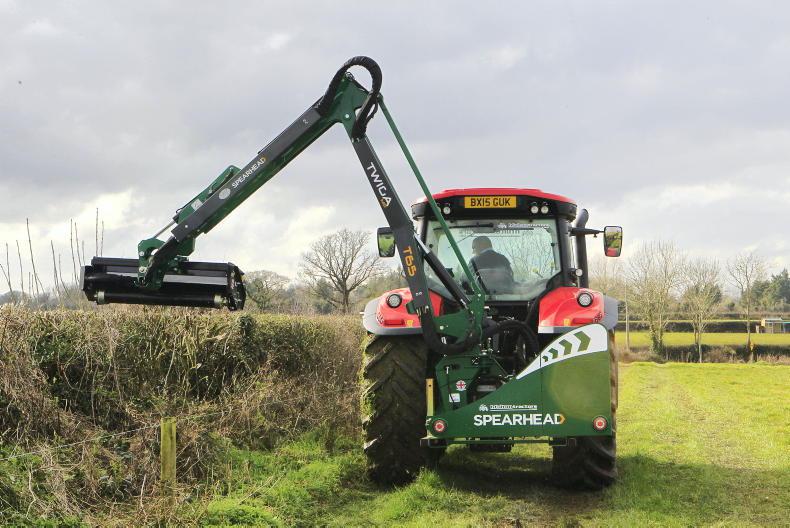
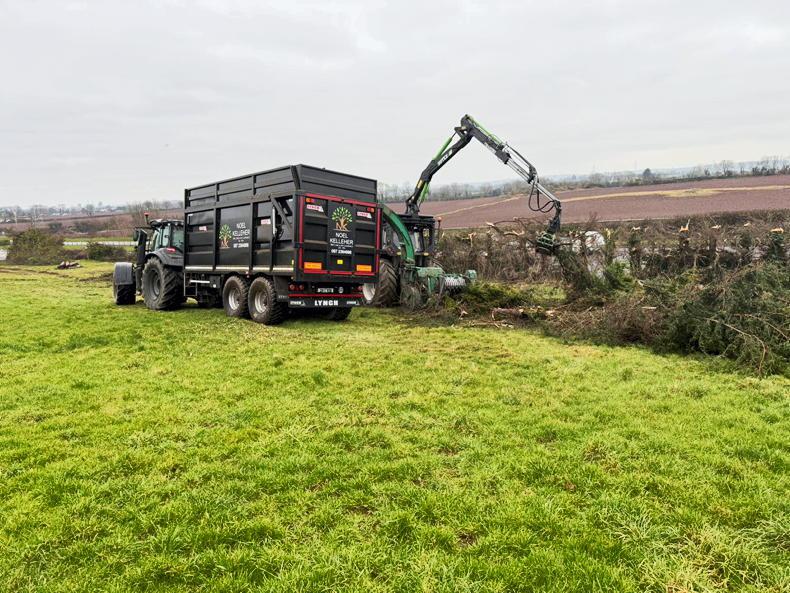

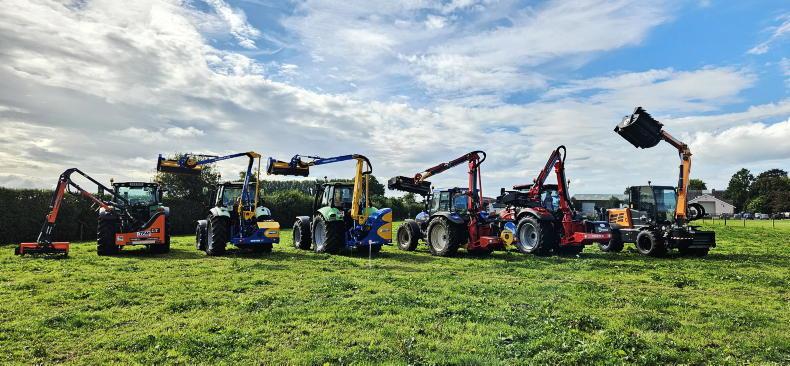
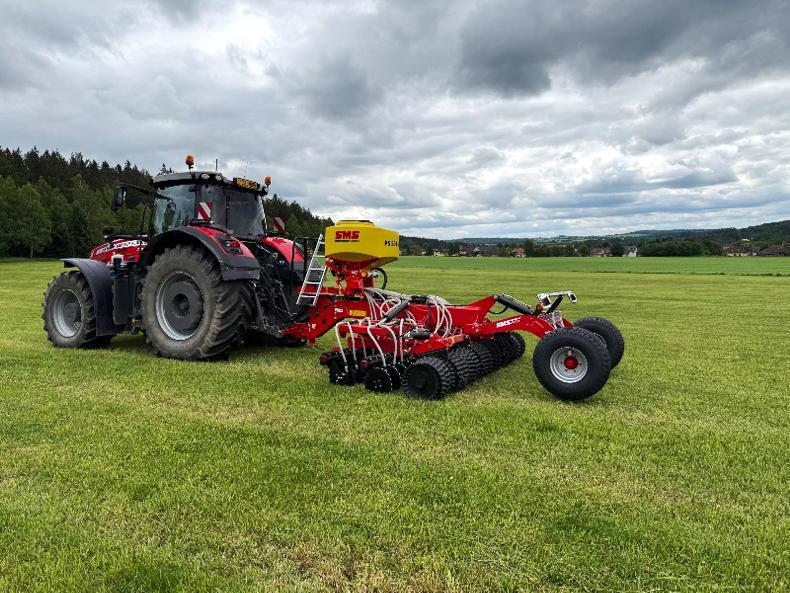
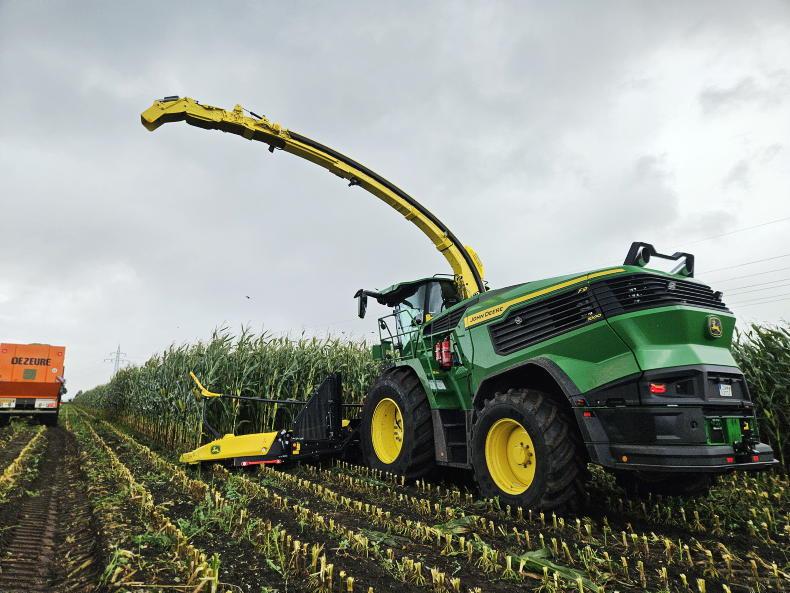
SHARING OPTIONS